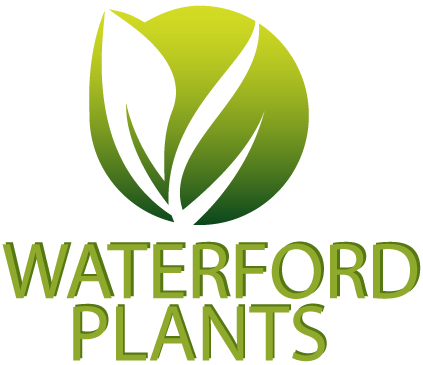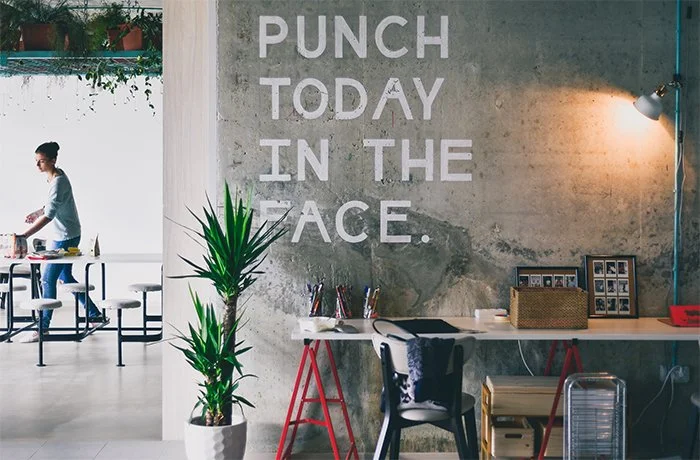Increasing Productivity in the workplace by introducing a garden feel to the office
Waterford Plants round table debate unpacks the DNA of employee engagement and productivity
Increasing productivity in the UK is critical heard Waterford Plant’s first round table debate hosted by The Telegraph Media Group on Wednesday morning. David Crossman, Chair of the Wellbeing Thought and Action Group at Engage for Success and Director of DNA for Engagement highlighted some worrying statistics. “It is vital to raise the productivity of UK PLC.
How does the UK fair against similar Western nations?
As a nation the UK sits at the wrong end of comparative tables. We are in the lowest quartile for productivity when benchmarked against similar Western nations despite having record levels of people in work” he told his audience. Crossman warned that while there is immense pressure on UK organisations to get maximum value from their existing employees and to continually seek to produce ‘more for less’, employers need to look again at the ways in which they manage staff – too much stick and not enough carrot has become an unsustainable approach. Employee engagement and productivity will only improve if businesses adapt and change how they behave.
Engaging managers
Through his work for Engage for Success and as Director of DNA for Engagement Crossman had clear views on what could help get engagement levels back on to an up-ward trajectory: “You need engaging managers who are able to empower their staff; There needs to be greater investment in teaching managers how to actually manage and in how to coach others and encourage individuals and teams stretch themselves daily to deliver more.”
Listening and responding to what employees have to say
Key to motivating people is listening and responding to the employee voice. The reality is that employees will be the first to know where workplace issues are holding the business back; and by being aware of employee conversations and listening to such feedback, decisions can be taken that will empower people to find and implement their own solutions to the problems identified.
Disengaged workforce
A failure to pay attention to details can serve to create a disengaged workforce. David cited an example of where employees were relocated to a new office. One of a number of issues linked to the move was a decision not to provide paper towels for hand-drying in wash areas. This minor detail became a major issue in the minds of staff and led to a cumulative drain on management resources. Time was being lost dealing with staff frustration and complaints, causing a noticeable drop co-operation and productivity. To turn the situation around, the organisation called the staff together and explained that from the limited funding available not all of the building related issues could be addressed. The staff were empowered to decide and prioritise how this money was to be spent. Employees took control and engaged in sourcing and managing the introduction of their priority improvements, which included the provision of paper towels. A number of changes were implemented by the group, all within budget and with reduced and less fractious involvement from managers. Levels of cooperation across teams were seen to improve and overall productivity settled at higher levels than had been seen before.
Impact of green space on people’s wellbeing
“It’s not just about paper towels though.” says Crossman: “there is clear evidence that green space has a big impact on peoples actual and perceived wellbeing, and that it is possible to introduce changes that will benefit mental and physical health.” Research from Dr Matthew White at the University of Exeter Medical School’s European Centre for Environment and Human Health shows that people living in areas with more green spaces experienced lasting wellbeing and mental health benefits. The research identified clear relationships between the natural environments and wellbeing. Additional studies have also shown that the use of plants to create greener internal workspace can also benefit people’s health and wellbeing. PG Tips recent research also supports these findings as research published earlier in the year indicates that productivity can be increased by as much as 20 per cent by having green inside the office. Lucy Sweeney, Managing Director of Waterford Plants added: “Plants tick the empowerment box as well as the green box. We have been providing plants to The Telegraph for about 9 years now and we find that employees see the plants as their plants and there is a real sense of ownership of particular parts of the planting scheme. This is at the level of when the team take the plants down from the top of the cupboards as part of the maintenance programme we will get interrupted by staff asking us to put them back and getting really quite worried about whether they are going to be taken away.”
Corporate wellness programme
Ruth Randall, an employee wellbeing coach, strongly agreed that plants should be an integral part of any corporate wellness programme. She says: “you only have to think about the work being done with people with autism to see the real impact on mental health of nature. There is a real push towards using green outside spaces to help manage autism as there is evidence of real shifts in behaviour once people with autism are walking in a natural environment. Now if you translate that to the office environment the more you can get your office to mimic an outside space the more likely it is that staff will be motivated and healthy and the reality is that an engaged workforce on average will drive up productivity by around 18 per cent.”
Toxic environments
Paula Ruane, a stress specialist, cited a 10 year study also from the University of Exeter that suggested that stripped environments were the most toxic environments for people to work in and that the lean office/hot desked environment is actively pushing down productivity. Dr Craig Knight of the University of Exeter conducted a study at The Chelsea Flower Show in 2013 with 350 people that showed that office plants can increase wellbeing by 47 per cent, creativity by 45 per cent and productivity by 38 per cent.
Uplift in productivity
Sweeney says: “That finding is no surprise to me. The clients I work with invariably see an uplift in productivity and general happiness once we put in interior plants. The key to making it work is to make sure that you don’t just dot one or two plants around the office. You are trying to create a lush environment where there is a real feel that you are actually in a garden. That’s when you see plants start to make a real difference to productivity.”
The impact of a greener work environment
At the end of the round table debate participants were given the opportunity to take a tour of The Telegraph’s offices and see the impact of the plant displays on employee wellbeing in action.
This debate is the first in a series of round table discussions on employee well being and productivity run by Waterford Plants. The next event will be held at The Telegraph Media Group in February 2017.

